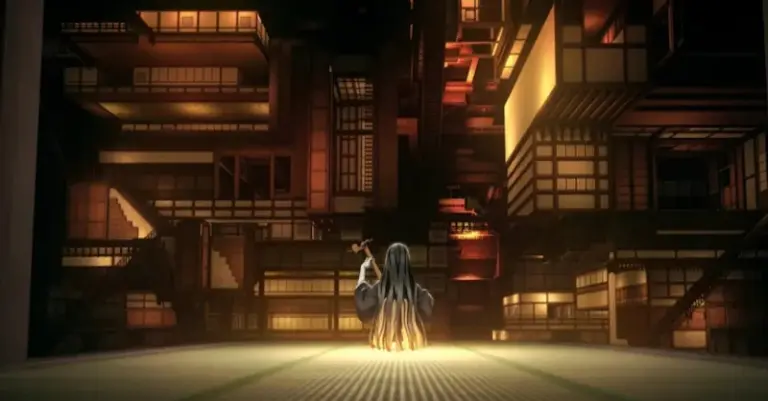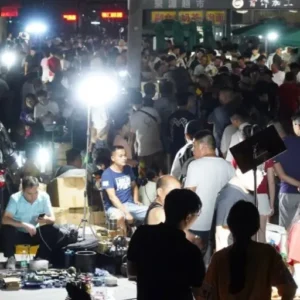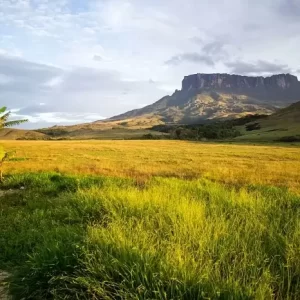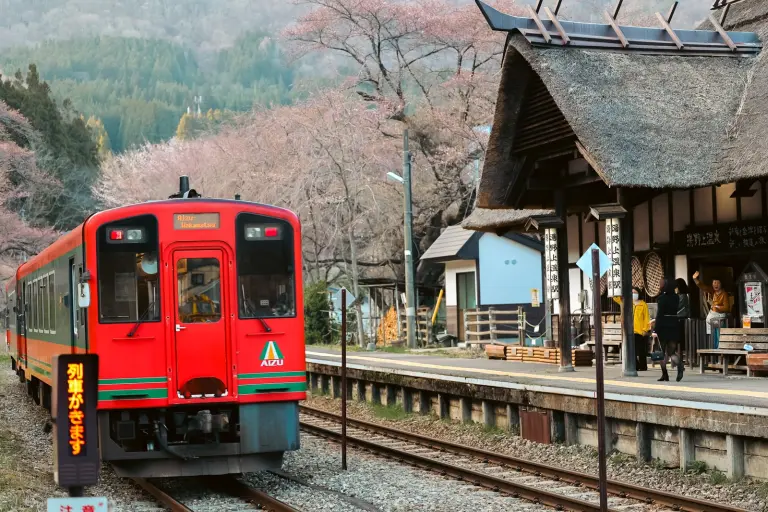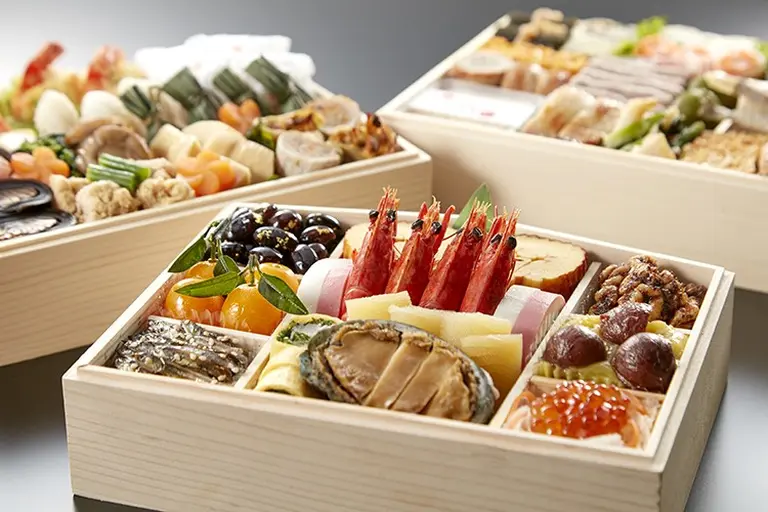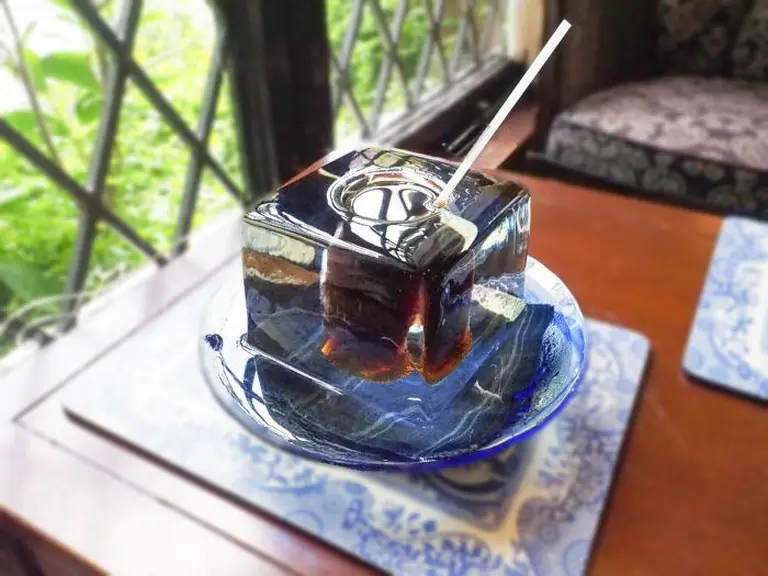When visiting Tokyo in the early days of the new year, tourists should not miss the opportunity to visit Sensoji Temple, one of Japan’s most iconic spiritual sites.
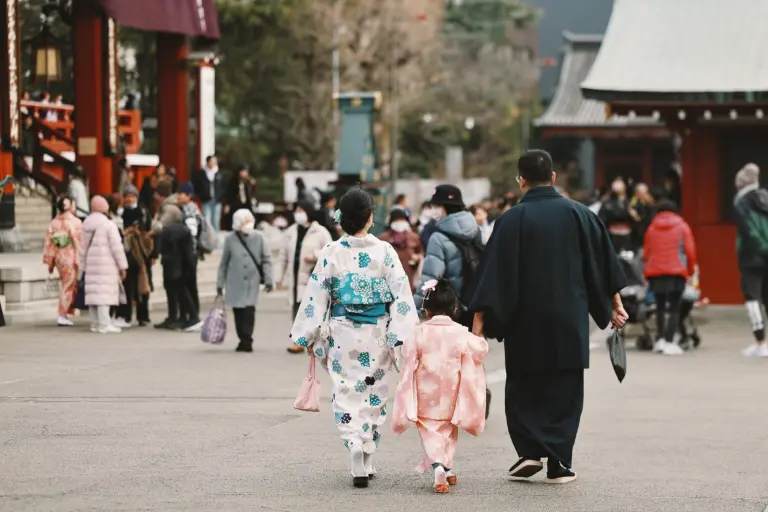
Sensoji (also known as Asakusa Kannon) is located in Asakusa, Taito ward, Tokyo, Japan. The temple dates back nearly 1,400 years, and visitors can admire architectural elements that reflect the Edo era’s aesthetic.
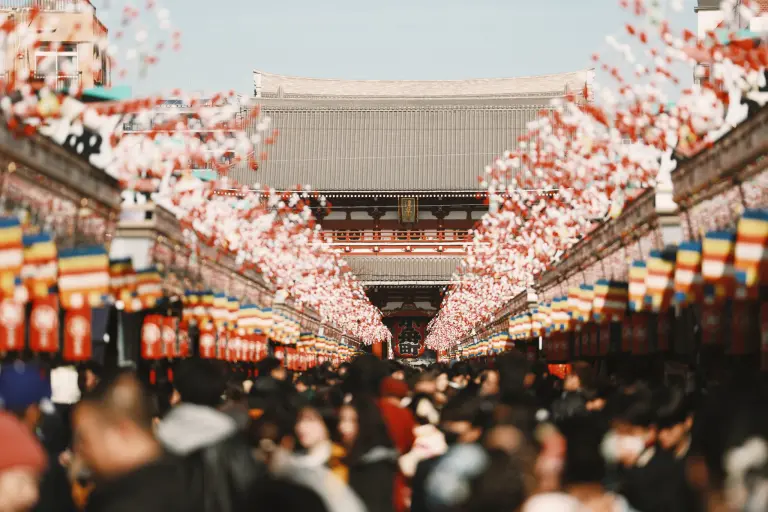
>> Essential tips for visiting Japan during new year’s holidays
The temple’s architecture prominently features wood as its main building material, designed to better endure seismic activity. Each wooden pillar is carved with intricate motifs.
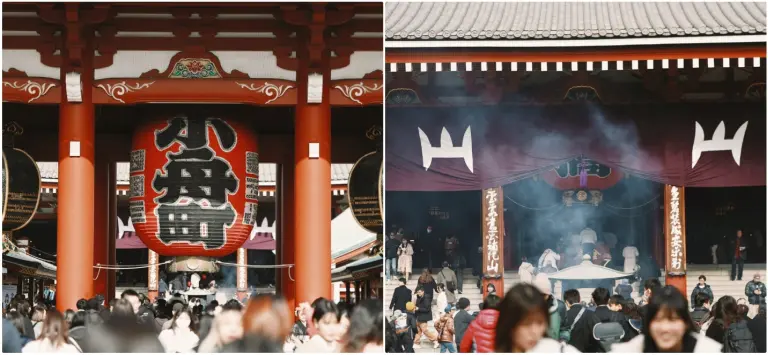
Every year, Sensoji hosts many cultural festivals and draws over 30 million visitors. During New Year’s time, pilgrims from across Japan converge to pay respects to the statue of Kannon, the Bodhisattva of Mercy.
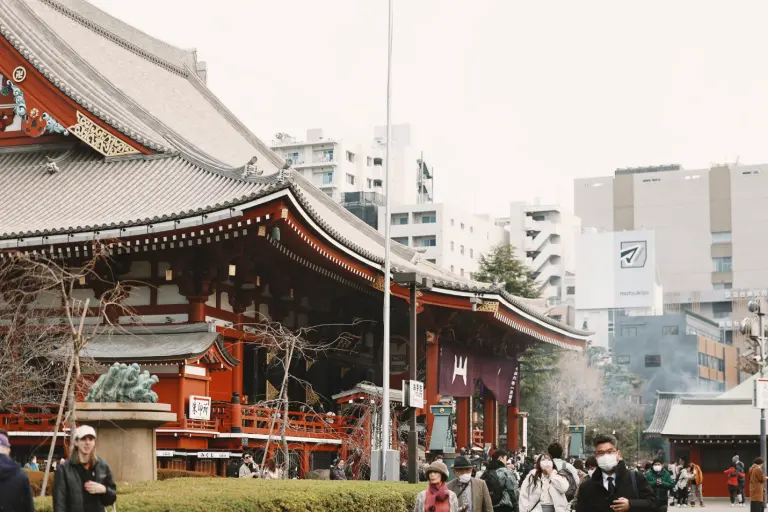
To reach the temple, from Asakusa Station follow the signage or simply follow the crowd to the Kaminarimon Gate (Thunder Gate), standing on the main street. Originally built in 942, the gate features a massive red lantern bearing the inscription “Kaminarimon.” The lantern is nearly 4 meters tall and weighs over 700 kg. On its sides stand statues of the Thunder God (Raijin) and Wind God (Fujin). Beneath the lantern hangs a sculpted dragon.
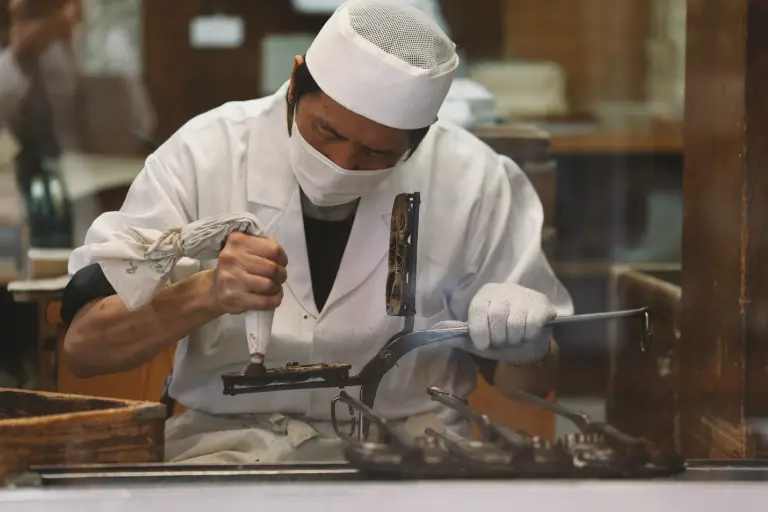
>> Don’t miss these unique festivals when visiting Japan
Passing through Kaminarimon leads you onto Nakamise Dori, a shopping street that dates back to 1685. Along the roughly 250-meter street, about 90 stalls sell traditional Japanese souvenirs and local street food specialties.
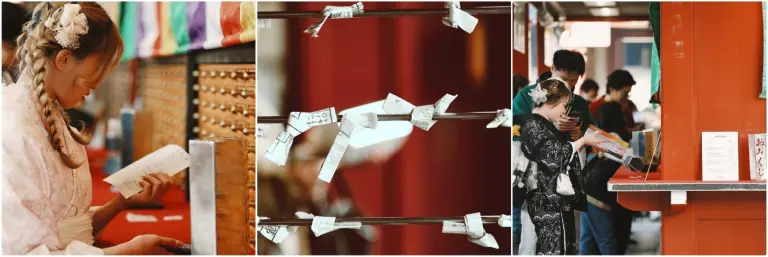
At night, the area exudes a nostalgic charm as soft lantern light glows, evoking a scene from the Edo period.
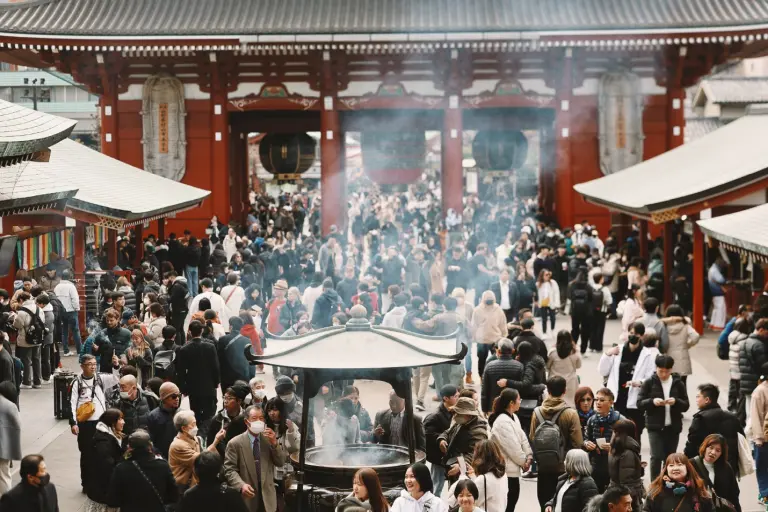
As you approach the main hall, you’ll see people buying omikuji (fortune slips). Visitors and worshippers write their wishes and tie the slips to nearby racks—an enduring spiritual custom in Japan.
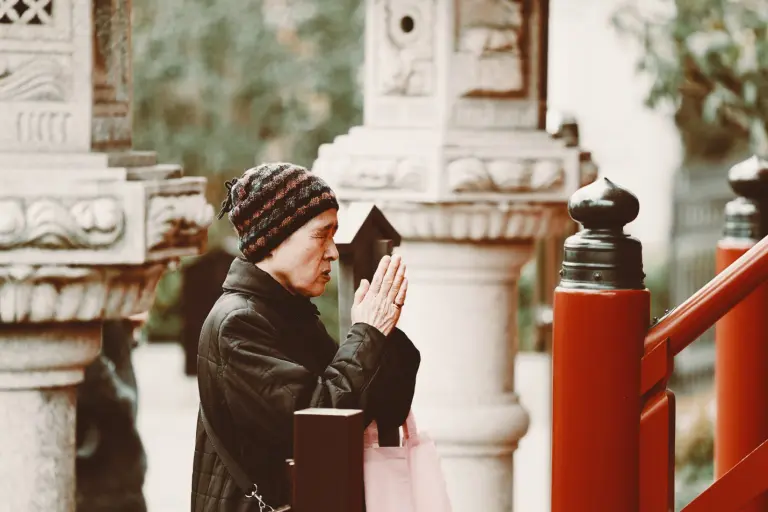
>> Top Pilgrimage Destinations Around the World
Between the Hozomon gate and the main hall lies a large incense burner. People often waft smoke over themselves as a purification ritual, hoping for health and safety in the year ahead.
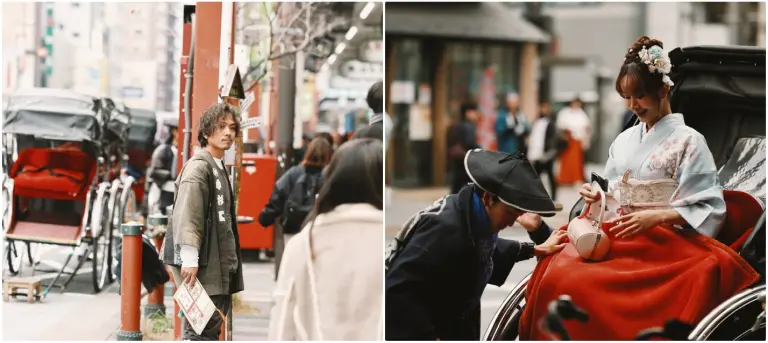
Beyond a flight of steps is the Kannon Hall, one of Japan’s national treasures. The inner sanctum houses the Kannon statue and is carefully partitioned; the outer area is open for prayer.
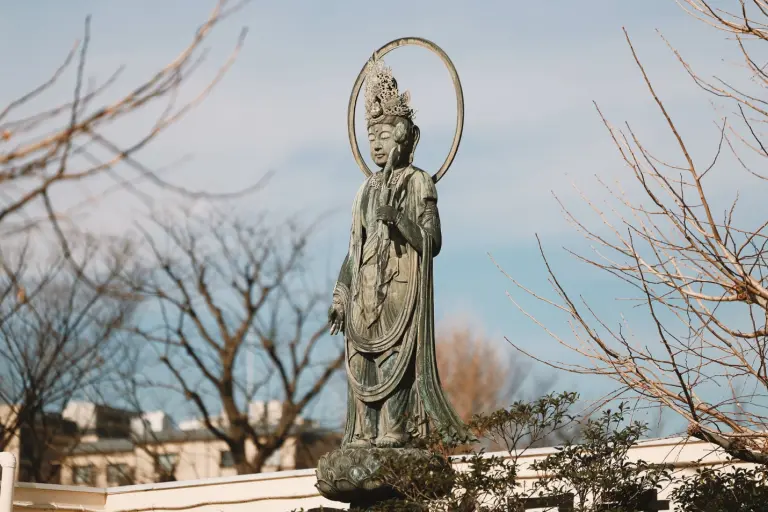
After touring Sensoji, you can return to the main street near Asakusa Station and even experience a rickshaw ride through the neighborhood.
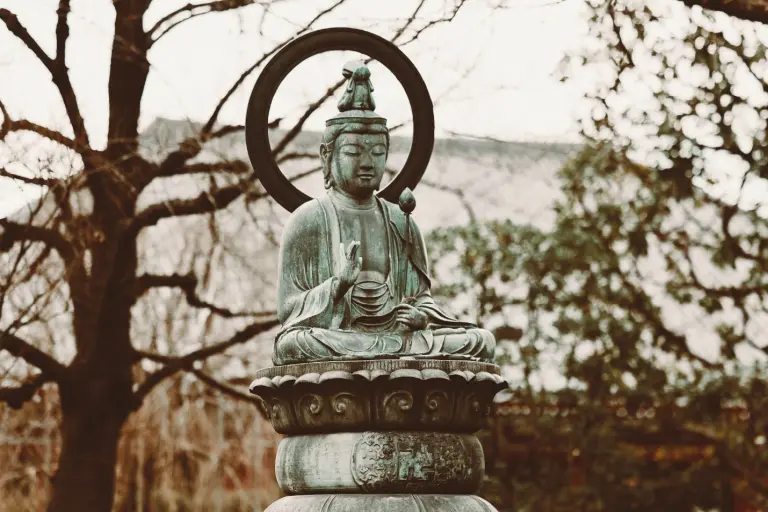
>> Do you know Japan’s best seafood dishes?
With its rich history and atmospheric beauty preserved through the centuries, Sensoji is a place where visitors can reflect quietly, reconnect with peace, and send their hopes forward into the new year while in the land of the rising sun.
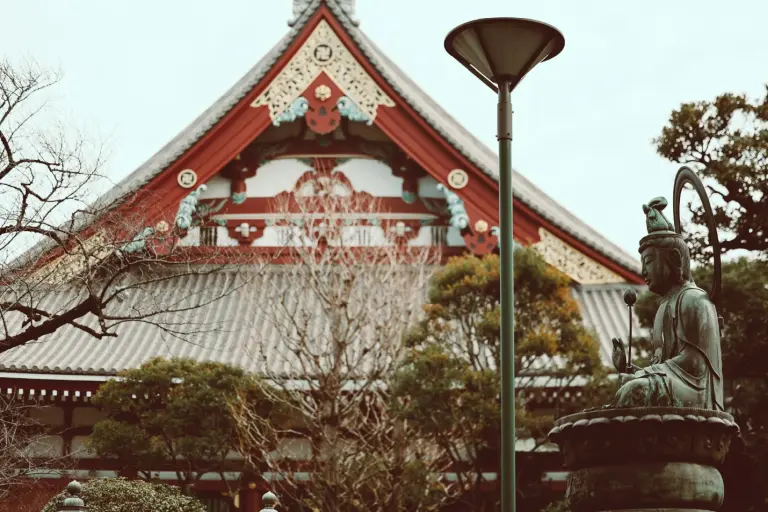
For travelers, Sensoji offers more than just a visit to a historic temple — it is a chance to experience both the spiritual and cultural heart of Tokyo. Whether you come to admire its architecture, join the New Year’s prayers, or simply enjoy the lively streets around it, the temple provides a meaningful glimpse into Japan’s traditions and everyday life.

